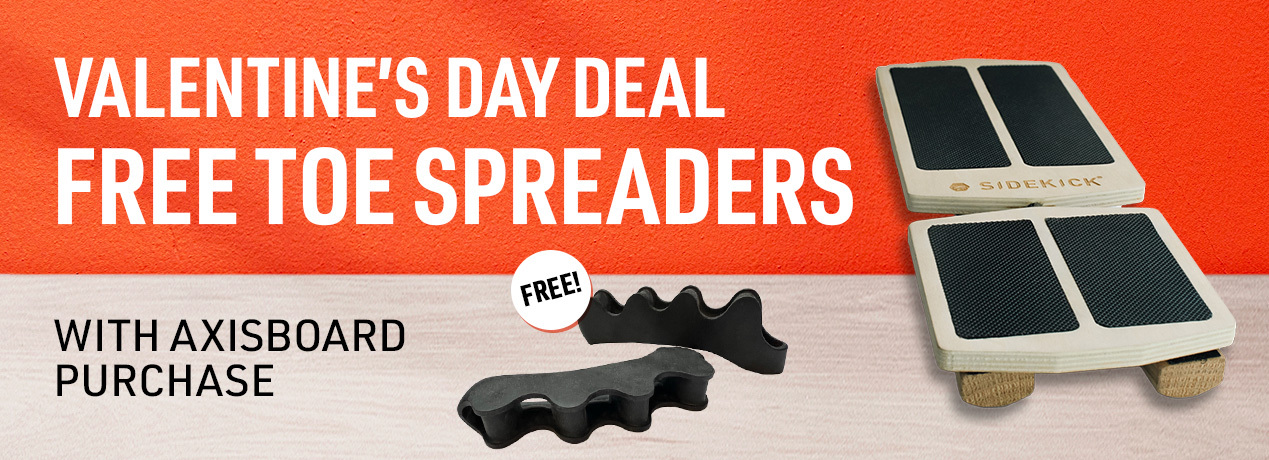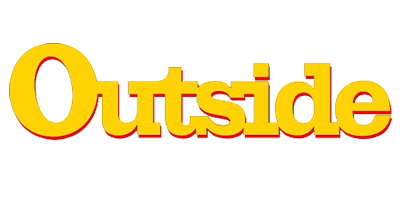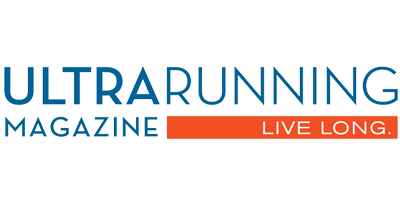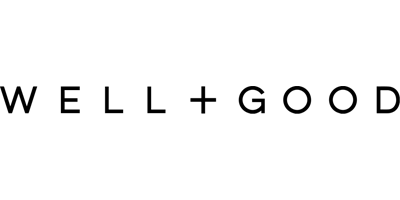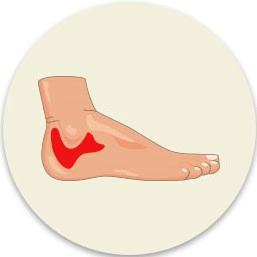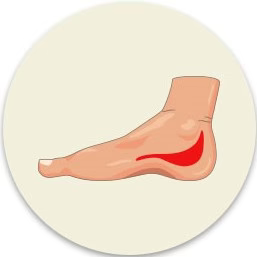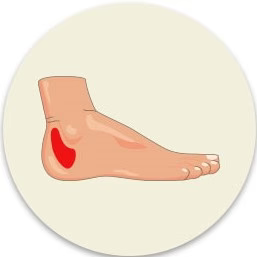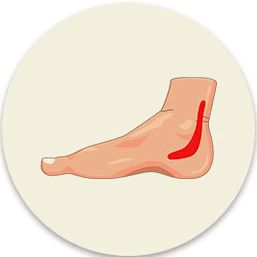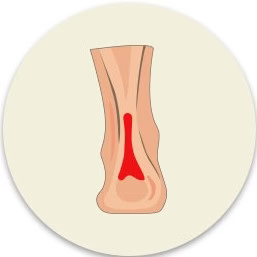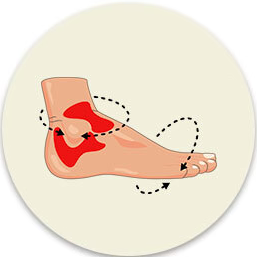




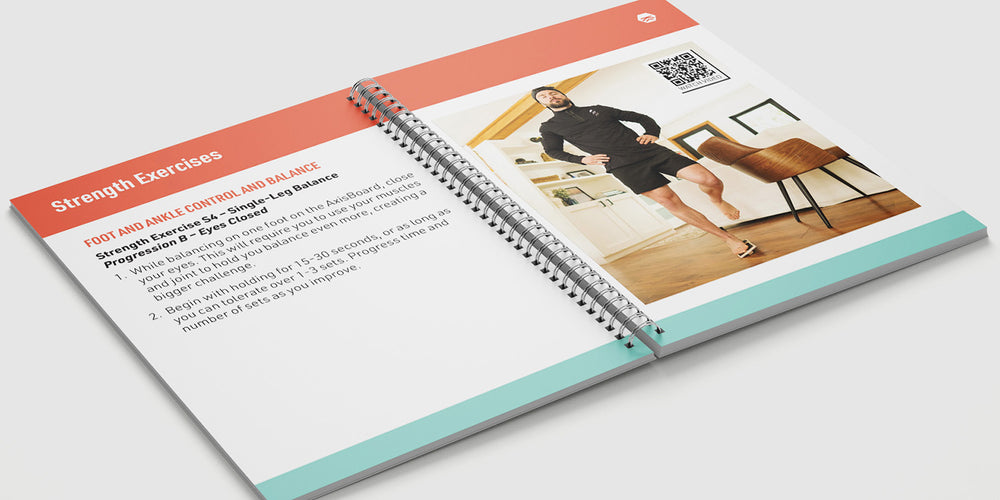

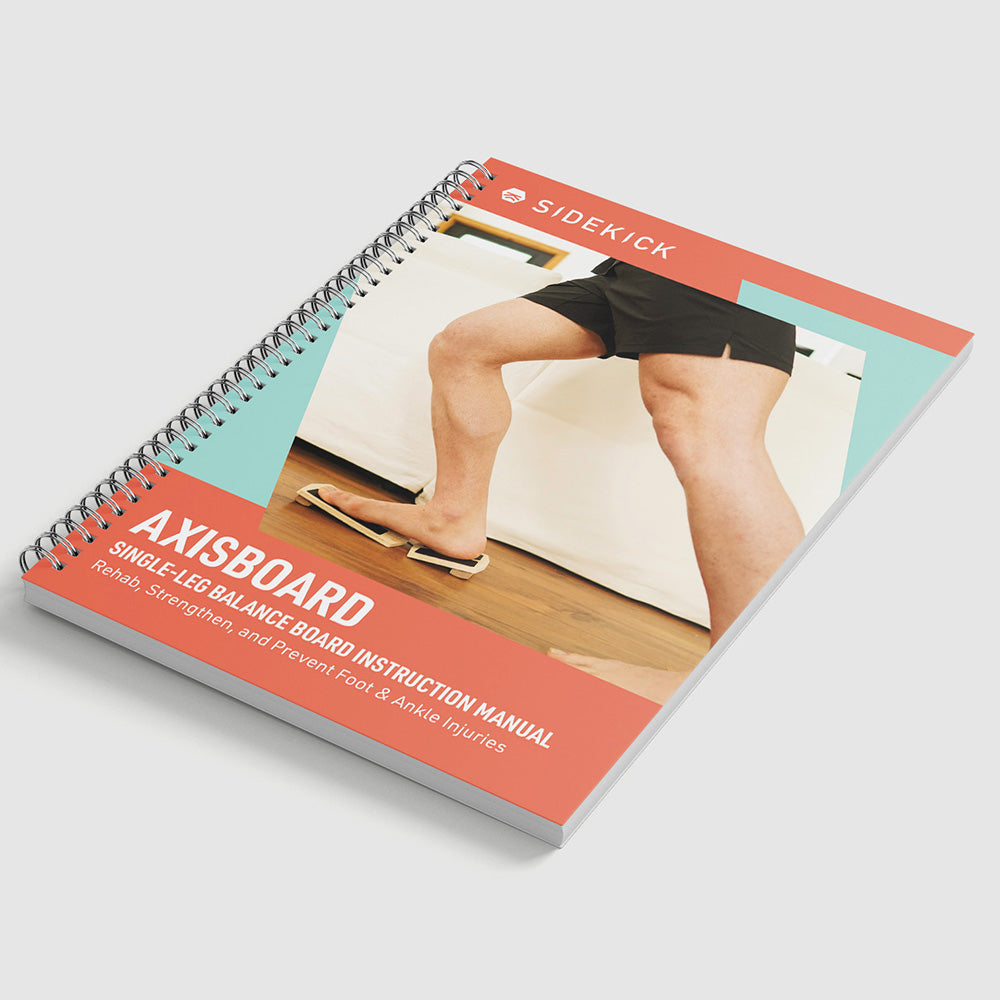






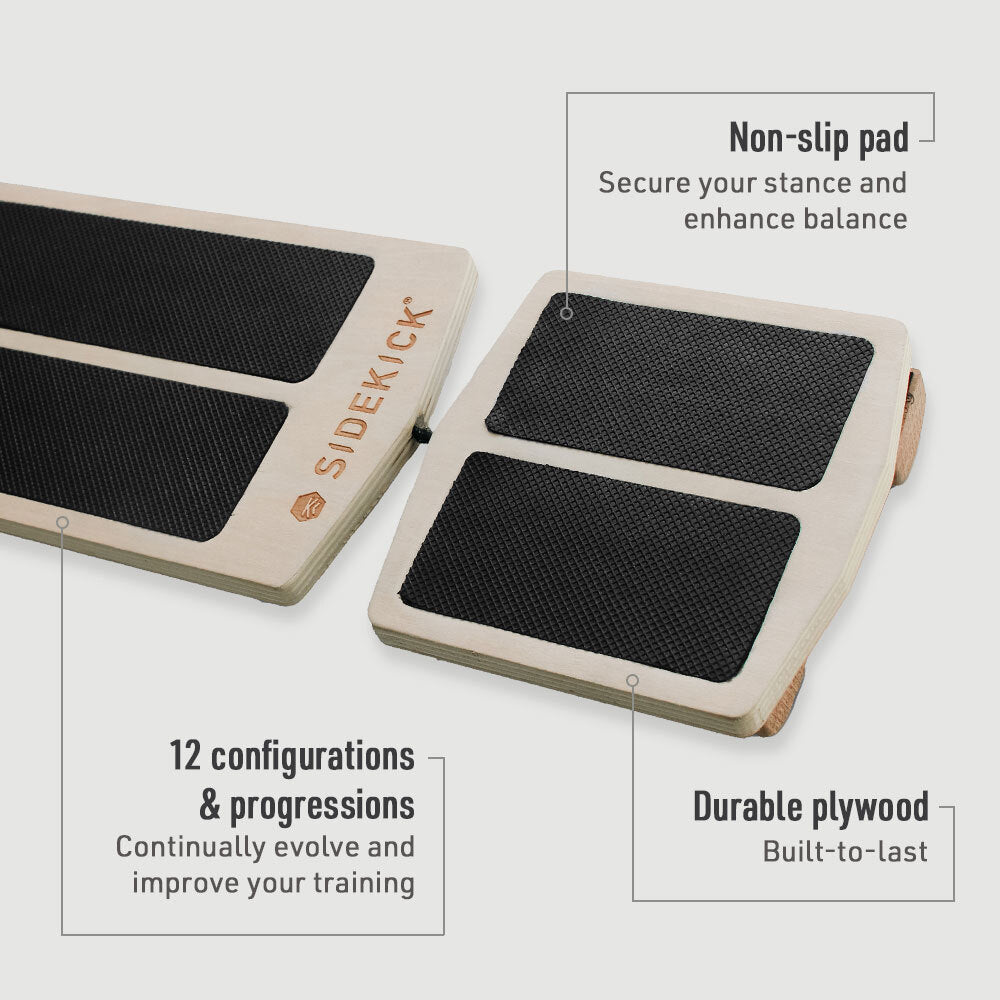
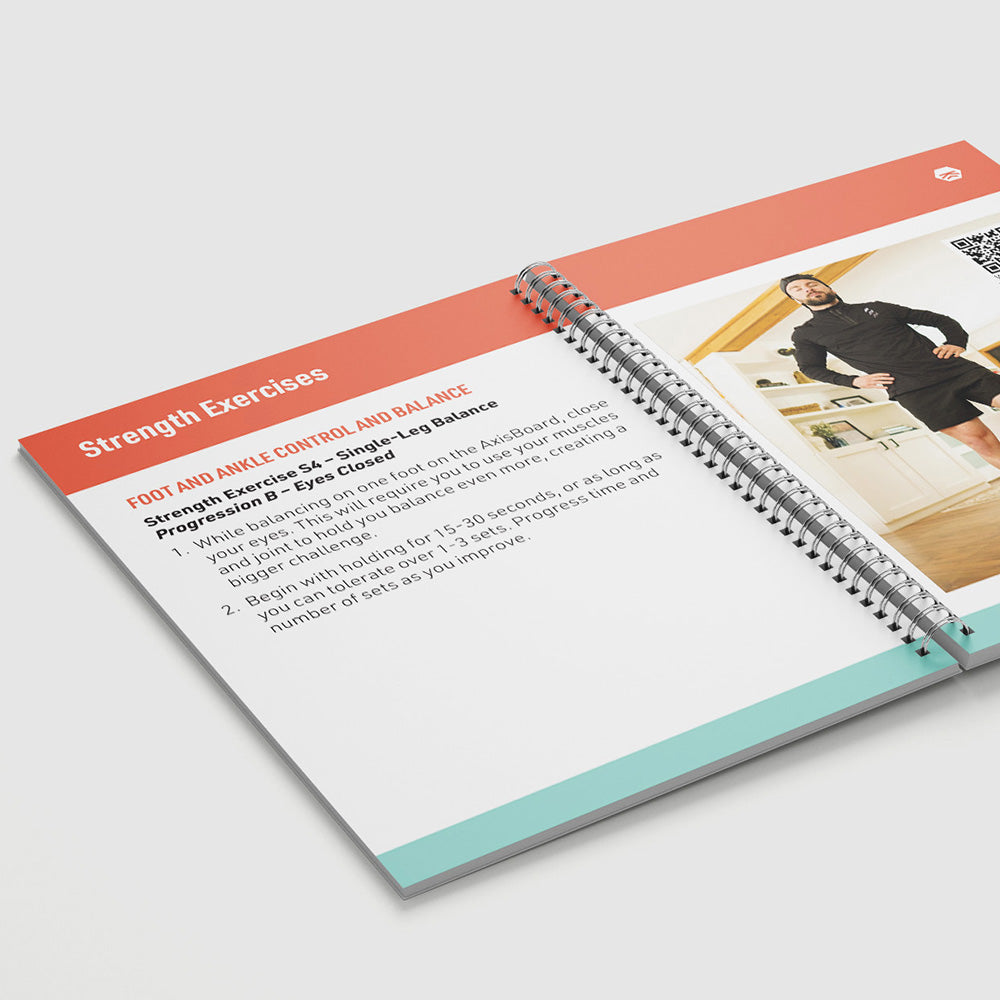
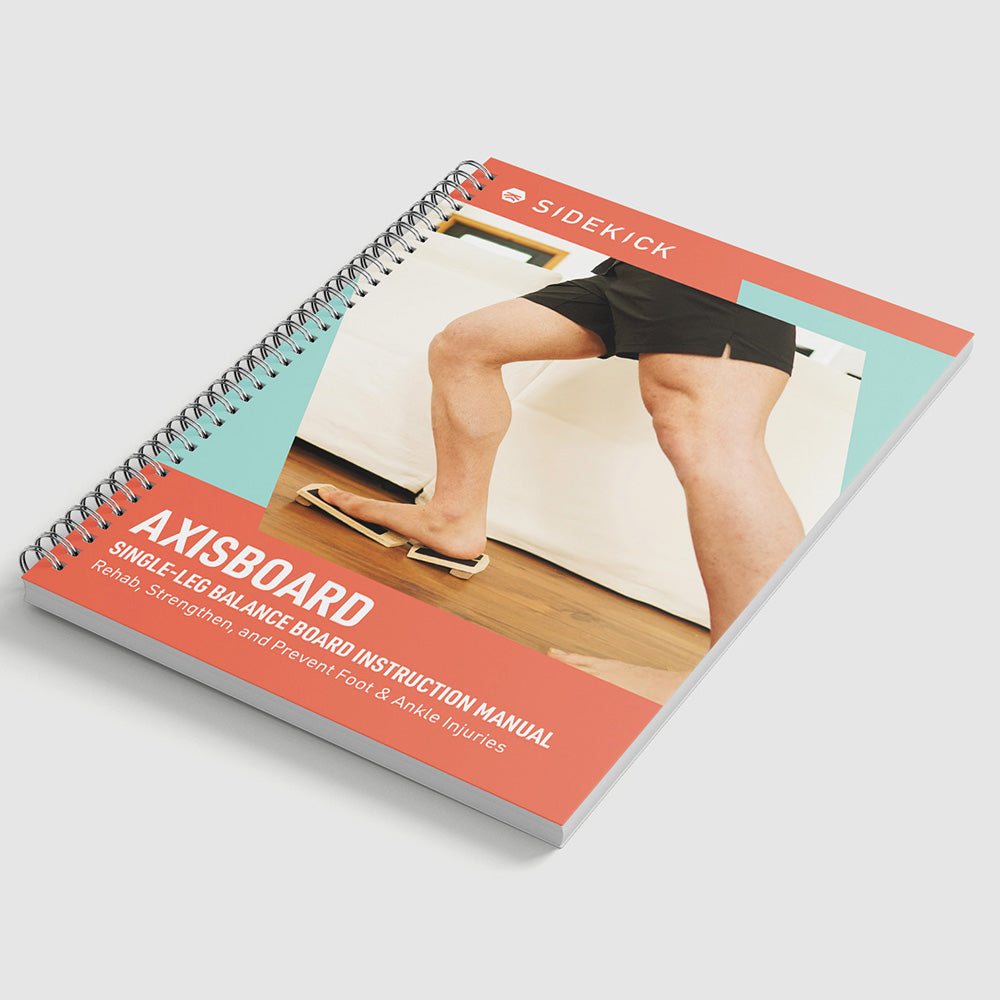









Your long-term solution for foot & ankle pain
 139 Verified Reviews
139 Verified Reviews
AxisBoard Single-Leg Balance Board
HSA/FSA APPROVED

HSA/FSA APPROVED
This health product qualifies for coverage under your Health Spending Account (HSA) or Flexible Spending Account (FSA) as it is a medically related expense that supports your overall well-being.
HSAs and FSAs are designed to reimburse health and wellness expenses, including products that aid in managing specific health conditions or improving general health.
- At checkout, you can use your HSA or FSA card details to complete payment.
- Alternatively, you can submit a claim for this item, along with your emailed proof of purchase, and receive reimbursement according to the guidelines of your HSA or FSA plan.

AxisBoard Rehab & Training Guide
Why you’ll love it
- Strengthens feet and ankles in just 3 minutes a day
- Improves ankle & foot mobility
- Speeds up healing and reduces the risk of future injury
- Designed for easy home use, trusted by physical therapists
- Includes strength & mobility routines for 10+ foot and ankle injuries with over 30 exercises
Results

noticed increased foot & ankle strength after using the AxisBoard

noticed better ankle & foot mobility after using the AxisBoard
How it works

What it helps with

Reviews (139)

Get expert guidance with every AxisBoard


Your AxisBoard includes a printed, physical therapist-approved guide with targeted routines for over 10 of the most common foot and ankle injuries - so you’re never left wondering what to do.
Each plan is designed to take you step-by-step through the recovery process, combining strength and mobility work to help rebuild stability, improve movement, and speed up healing. Whether you're dealing with foot pain, Achilles pain, or general ankle stiffness, you'll have a clear path forward.
- 120 pages of step-by-step guidance from a PT
- 30+ video demonstrations of strength & mobility exercises
- Injury-specific routines backed by clinical insight
- Simple, follow-along instructions—no guesswork required
- Designed for home use with minimal time commitment
- Includes over 30 proven exercises to restore foot and ankle function

Unlike traditional 2-footed balance boards, the low-height and single-leg design of the AxisBoard forces the engagement of the intrinsic foot and ankle muscles.
 Focuses on foot & ankle
Focuses on foot & ankle
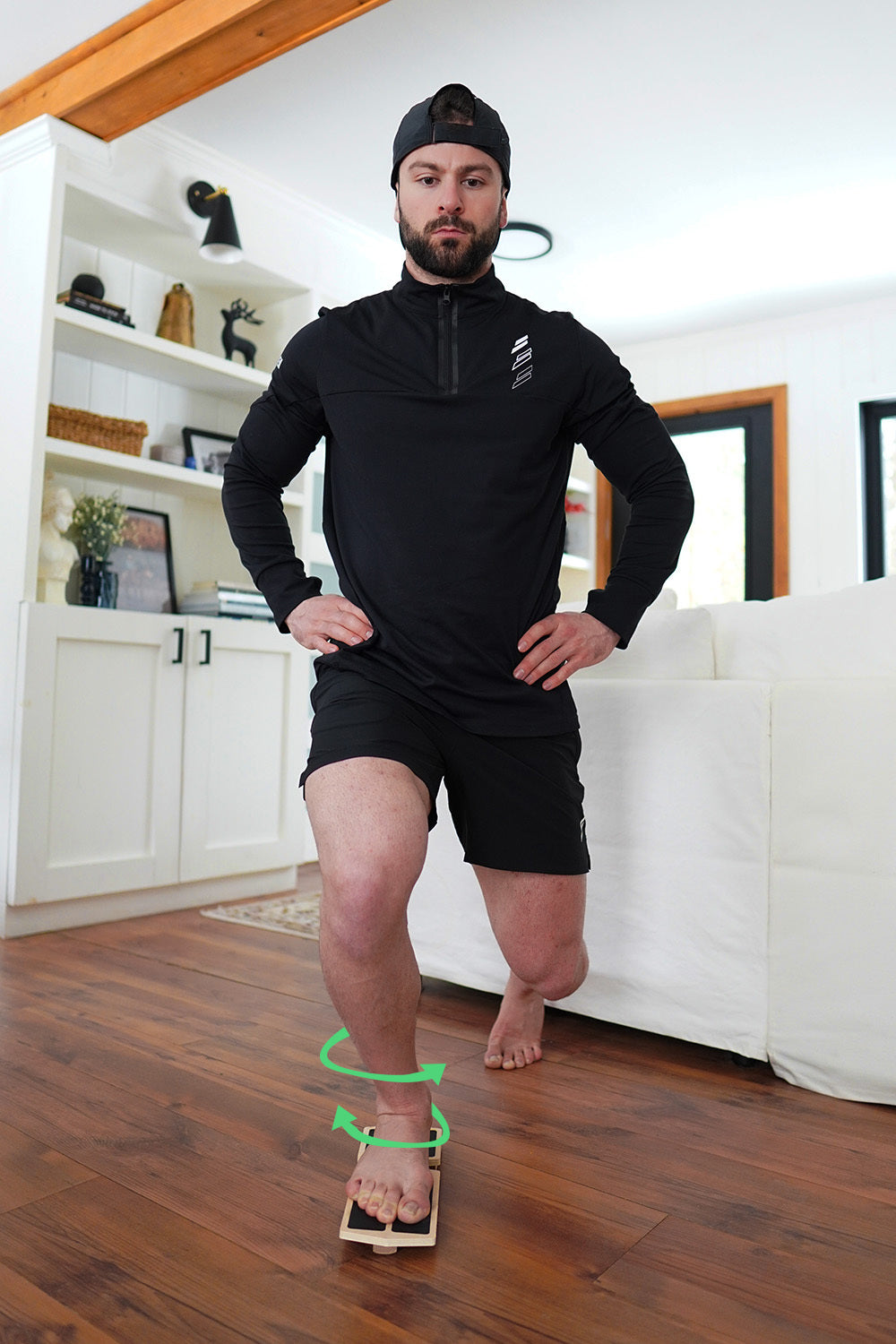

Targeted foot and ankle engagement

Strengthens the foot and ankle muscles

Works in 3 minutes a day

Portable and Convenient

30+ movement variations for 10+ injuries

Safe, low height with minimal fall risk
Our single-leg board offers more targeted rehabilitation for foot and ankle injuries, ensuring quicker recovery compared to a traditional balance board that utilizes larger muscle groups.
Traditional 2-footed balance boards unavoidably puts the focus on the knees and hips during use. The foot and ankle muscles aren’t activated to the same degree.
 Focuses on knees and hips
Focuses on knees and hips
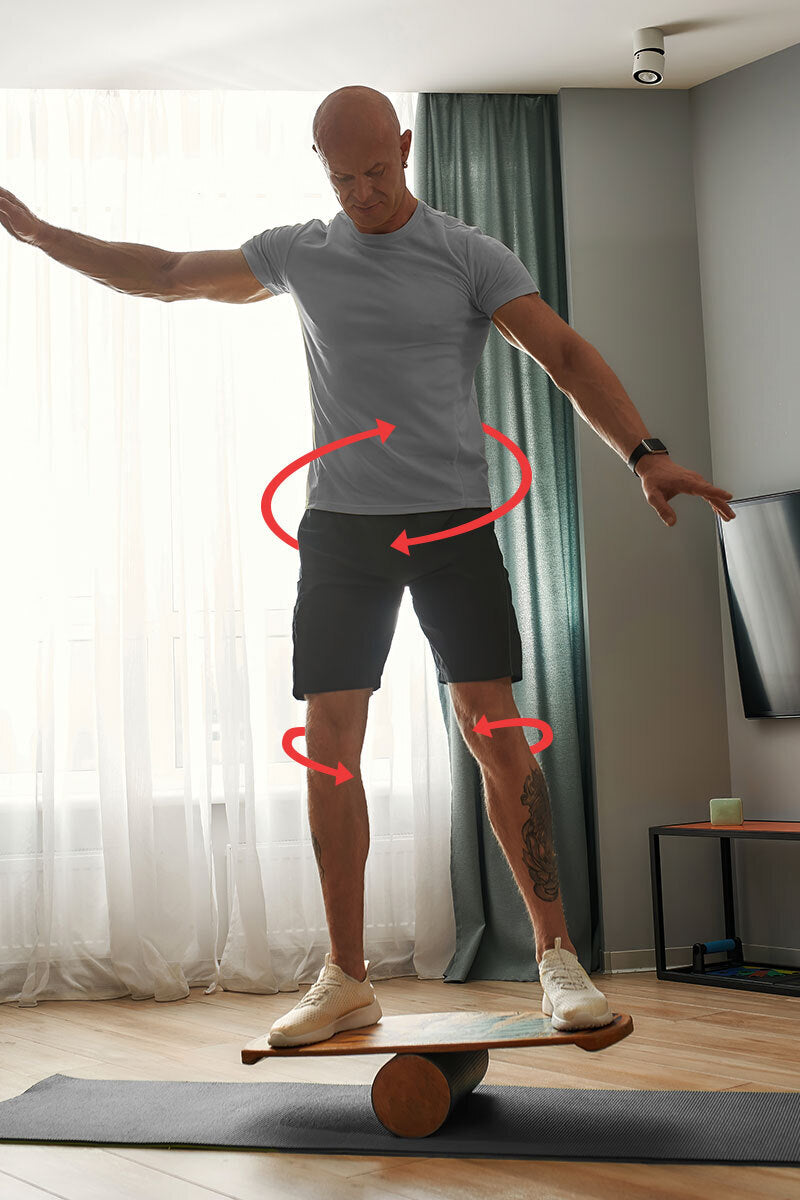

Emphasizes knees and hips

Targets the hips and knees

Requires at least 10 minutes

Large, awkward and hard to store

1 configuration

Unbalanced, high height can lead to falls
The generic balance board places more focus on the hips and knees instead of the foot and ankle. The high height with difficult balance also brings a steep learning curve and introduces a fall-risk for users.
Unlike traditional 2-footed balance boards, the low-height and single-leg design of the AxisBoard forces the engagement of the intrinsic foot and ankle muscles.
 Focuses on foot & ankle
Focuses on foot & ankle


Targeted foot and ankle engagement

Strengthens the foot and ankle muscles

Works in 3 minutes a day

Portable and Convenient

30+ movement variations for 10+ injuries

Safe, low height with minimal fall risk
Our single-leg board offers more targeted rehabilitation for foot and ankle injuries, ensuring quicker recovery compared to a traditional balance board that utilizes larger muscle groups.

Traditional 2-footed balance boards unavoidably puts the focus on the knees and hips during use. The foot and ankle muscles aren’t activated to the same degree.
 Focuses on knees and hips
Focuses on knees and hips


Emphasizes knees and hips

Targets the hips and knees

Requires at least 10 minutes

Large, awkward and hard to store

1 configuration

Unbalanced, high height can lead to falls
The generic balance board places more focus on the hips and knees instead of the foot and ankle. The high height with difficult balance also brings a steep learning curve and introduces a fall-risk for users.
How to use
Method 1: Injury-Focused Routine
1. Find your injury: Use the guide to locate your specific injury or focus area.
2. Mobility routine: Begin the step-by-step mobility routine to improve range of motion and prep your body for strengthening.
3. Strength routine: Follow the strength exercises and use the recommended AxisBoard setups for your injury. Everything is tailored to help you recover faster and safer.
Method 2: Freestyle for Strength & Balance
Explore all the AxisBoard configurations and notice which ones feel hardest to control — that’s your body telling you where you’re weakest. Focus your training on those challenging setups to build strength, stability, and better movement patterns. Perfect for injury prevention or making your workouts more effective.
















